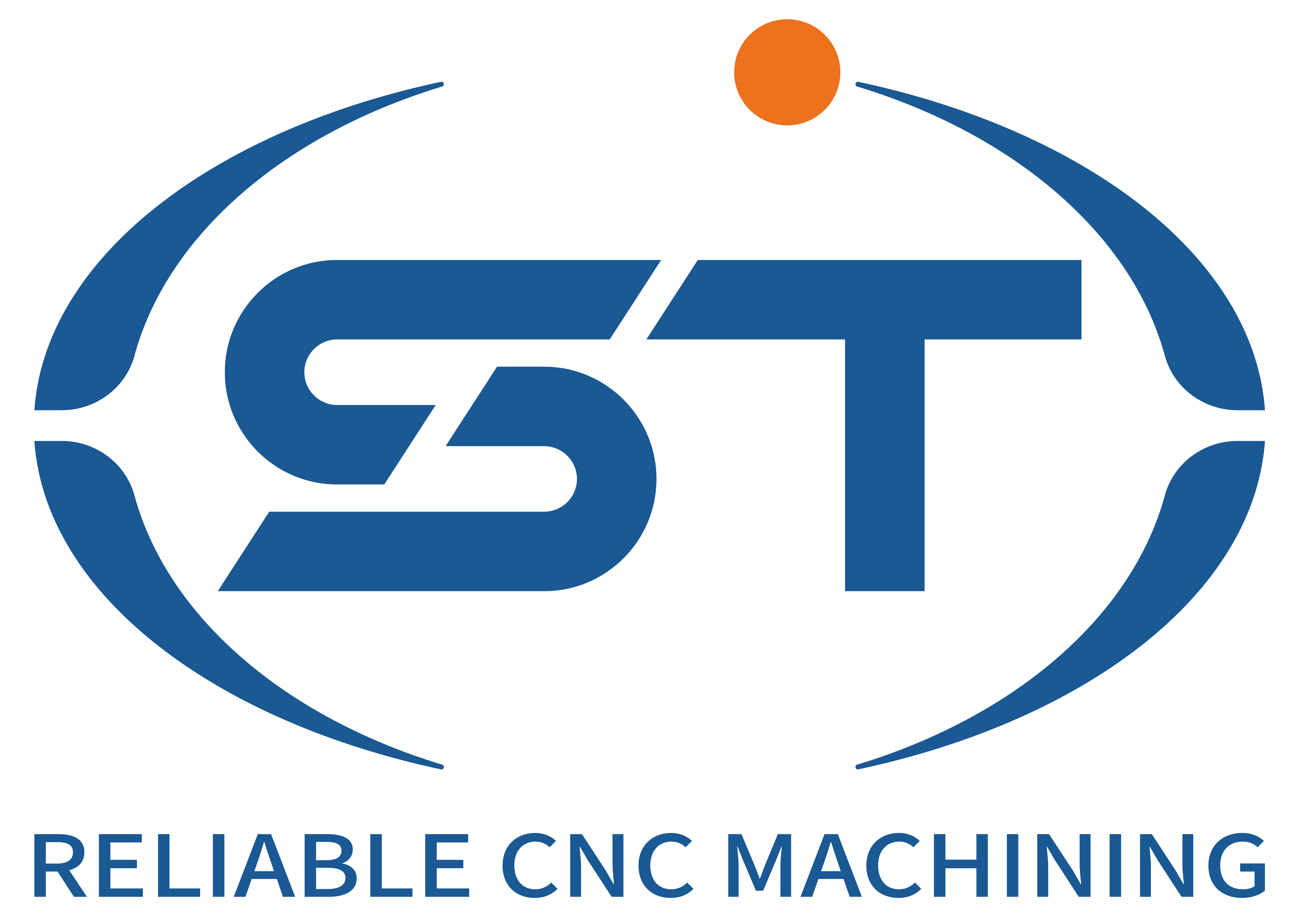The automotive industry’s drive for precision, efficiency, and adaptability has accelerated the integration of artificial intelligence (AI) into CNC machining processes. By leveraging machine learning, computer vision, and adaptive control systems, AI enhances decision-making, reduces human error, and optimizes production workflows. Below are key applications and benefits of AI-assisted CNC machining in automotive manufacturing.
Содержание
ПереключениеAdaptive Control and Real-Time Process Optimization
AI enables CNC machines to dynamically adjust cutting parameters in real time based on sensor data, improving efficiency and part quality. Machine learning algorithms analyze inputs such as tool wear, material hardness, and machine vibration to optimize spindle speed, feed rate, and depth of cut. For example, if a sensor detects excessive tool vibration, AI can reduce the feed rate to prevent tool breakage or surface defects, ensuring consistent quality without manual intervention.
Adaptive control systems also extend tool life by minimizing wear. By continuously monitoring cutting forces and temperatures, AI can adjust parameters to maintain optimal conditions, reducing the need for premature tool replacements. This not only lowers costs but also minimizes downtime caused by tool changes.
Furthermore, AI-driven optimization improves energy efficiency. By analyzing power consumption patterns, AI can identify inefficiencies—such as idle machines or suboptimal cutting strategies—and recommend adjustments to reduce energy waste, aligning with sustainability goals.
AI-Powered Quality Inspection and Defect Detection
Computer vision and machine learning are revolutionizing quality control in CNC machining. AI-powered inspection systems use high-resolution cameras and sensors to analyze part geometry, surface finish, and dimensional accuracy in real time. Unlike traditional manual inspections, AI can detect microscopic defects—such as cracks, porosity, or deviations from tolerances—with higher speed and accuracy.
For example, an AI vision system might scan a machined cylinder head and flag anomalies that would escape human inspectors, such as subtle variations in wall thickness or surface roughness. If a defect is detected, the system can automatically trigger corrective actions, such as adjusting toolpaths or alerting operators to rework the part.
AI also supports predictive quality control by analyzing historical inspection data to identify patterns. By correlating process variables (e.g., tool wear, cutting parameters) with defect rates, AI can forecast potential issues before they occur, enabling proactive adjustments to prevent scrap.
Predictive Maintenance and Machine Health Monitoring
AI plays a critical role in predictive maintenance by analyzing machine data to forecast equipment failures or degradation. Sensors embedded in CNC machines collect data on spindle health, bearing vibrations, and temperature fluctuations. Machine learning algorithms process this data to detect anomalies or trends that indicate impending failures, such as a gradual increase in bearing noise or a shift in spindle alignment.
By predicting maintenance needs, AI reduces unplanned downtime. Instead of waiting for a machine to break down, manufacturers can schedule repairs during planned shutdowns, minimizing production disruptions. For example, if AI predicts a spindle bearing failure in two weeks, maintenance teams can order parts and plan the repair during a weekend shift.
AI also supports root-cause analysis of maintenance issues. By cross-referencing failure data with process variables, AI can identify contributing factors—such as excessive cutting forces or inadequate lubrication—and recommend corrective actions to prevent recurrence.
AI-Driven Toolpath Optimization and Simulation
AI enhances CNC programming by optimizing toolpaths for efficiency and precision. Machine learning algorithms analyze part geometry, material properties, and machine capabilities to generate optimized cutting strategies. For example, AI might recommend a zigzag toolpath for roughing operations to minimize material removal time or a contour-parallel path for finishing to improve surface finish.
Simulation tools powered by AI enable virtual testing of toolpaths before physical implementation. By simulating cutting forces, tool deflection, and chip formation, AI can identify potential collisions, tool overloads, or surface defects. This reduces the need for costly trial-and-error adjustments on the shop floor, accelerating time-to-production.
AI also supports adaptive toolpath adjustments during machining. If a sensor detects a deviation in part geometry—such as a warped blank—AI can modify the toolpath in real time to compensate, ensuring the final part meets specifications despite variations in raw material.
By embedding AI into CNC machining, automotive manufacturers achieve unprecedented levels of precision, efficiency, and adaptability. From adaptive control and real-time optimization to AI-powered inspection and predictive maintenance, these technologies enable smarter, faster, and more reliable production—key advantages in an industry where quality, speed, and uptime are non-negotiable.




